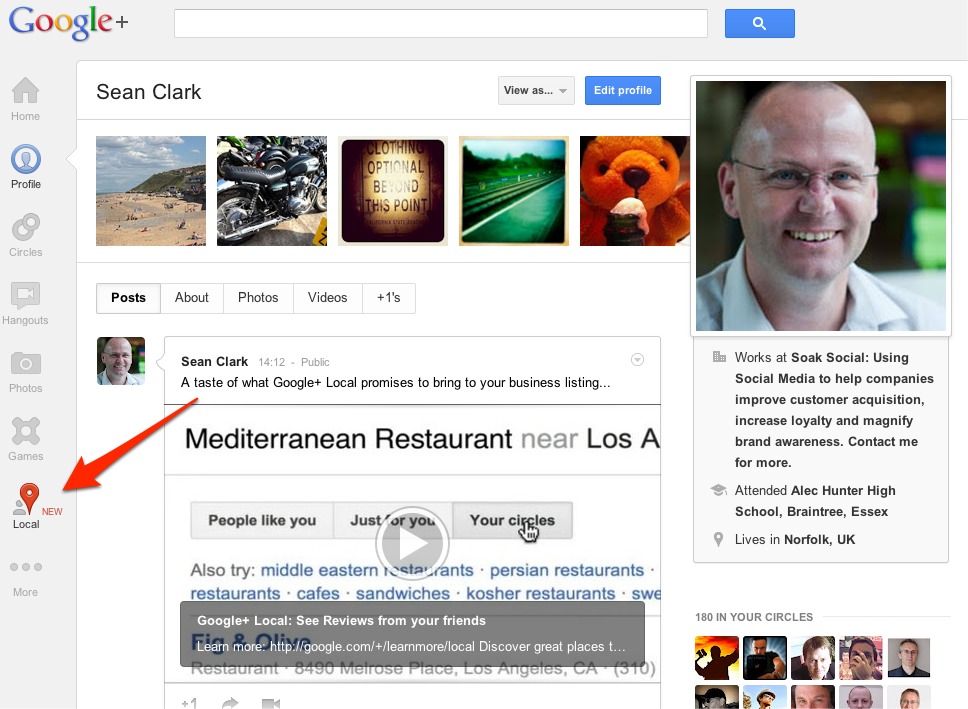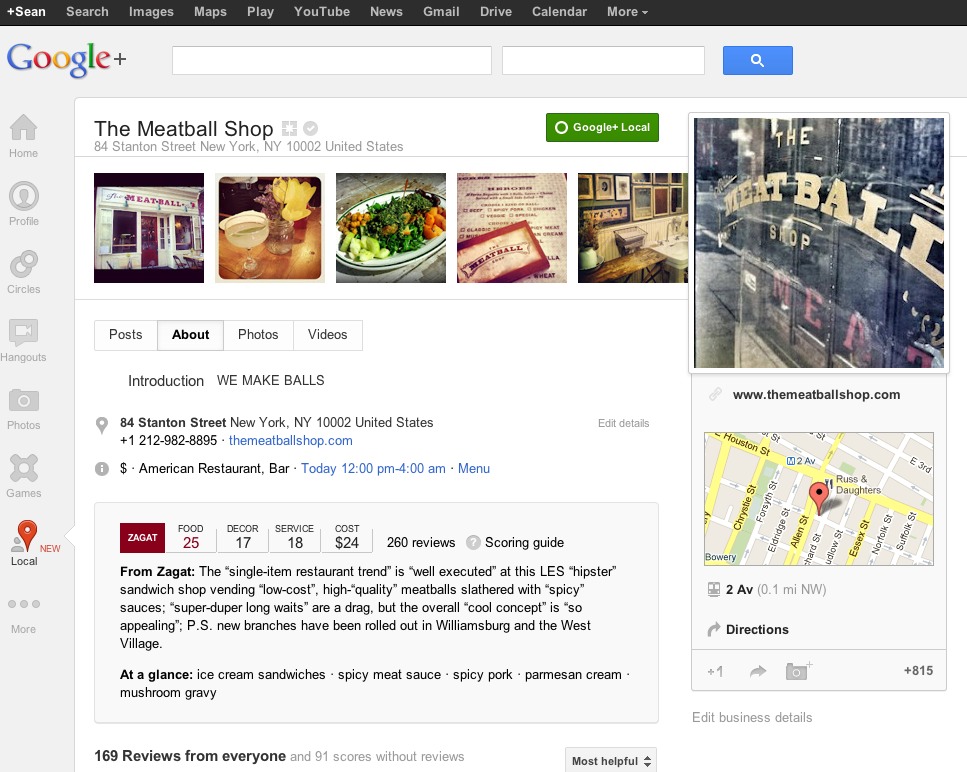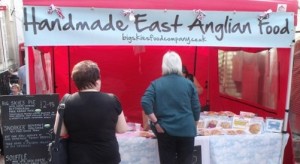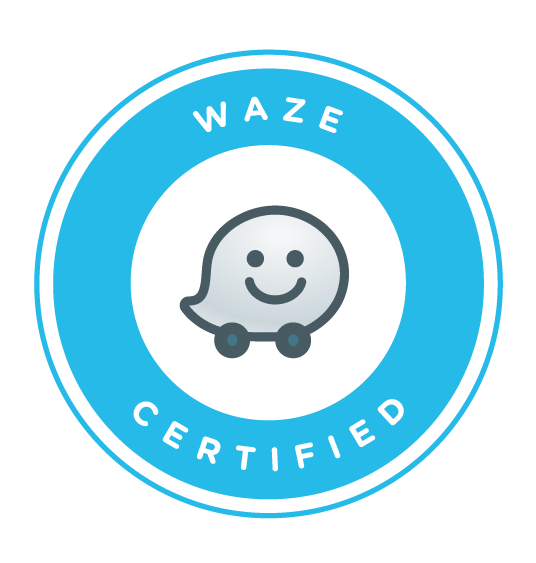Whilst everyone debates the merits of being on Twitter, Facebook, LinkedIn, Google+, Pinterest or whatever new Social Media platform is born the real battle for our attention remains at a local level. The physical Yellow Pages still exists, regardless of the fact there are multiple local directories online, some specialised others broad, some directories focussed on specific towns, where as others cover a whole county.
The reasons are not hard to understand, people will always want to find certain products and services local to them, and a lot of businesses offering localised services want to advertise in a defined location. And many online directories are incomplete, out of date or poorly maintained and designed.
We all understand the power of recommendation, which is why social sharing is so sought after by business; when you add this at a local level it becomes very powerful. Indeed many independent traders have managed to survive in rural market towns for hundreds of years through this type of marketing alone, RJ Balson & Son were established in 1535 are a perfect example.
Show Me The Money
Chasing the marketing money in this market can prove expensive, Groupon for example invested a significant amount of their revenue in putting sales people on the ground at a local level. Combined with the traditionally low spend makes it tough to get a return.
Alternatively you create a service or system people want to be part of, and that is hard to ignore. Location based applications like Foursquare and the now defunct Gowalla were some of the first into this market expanding on the back of increased smart phone use and improved mobile web access. Whilst end users have gravitated towards these platforms slowly it is still only the bigger brands that have had any real success leveraging them, with a few notable exceptions like AJ Bombers.
Newer players on the scene like Highlight and Glancee aim to connect you with people that are local to you with the suspected business model being based on the businesses you visit together. Again great for the end user, but very hard for a small local business to justify marketing spend.
Others have chased the check-in model, Facebook and Google have dabbled, with Facebook pulling back and regrouping focussing in on their Businesses Pages strategy. Google in the meantime are looking to use their dominance in search to create the perfect directory and rule local too.
Google+ Goes Local
Google+ Local is Google’s latest attempt to do just that.

Google Local Link
A replacement for Google Places, the transition is likely to take some time but the strategy is two fold. On one side Google+ users can find value in the platform at a local level ensuring their loyalty to the platform and at the same time the existing Google Places provides millions of ready made listings and leverages one of their newer acquisitions, quality review system Zagat.
It’s here that we start to see the real power of local recommendation being leveraged online and magnified through the use of social networking.
What You Should Do Now
Your current listing can still be managed within Google Places, but what I would advise is to ensure you have created a Google+ Page for your company. In the coming weeks Google will be combining any Google Places listing with a matching Google+ Business Page making your business even more prominent.
See some of the features Google+ Local will bring to your business listing in this video:
httpv://www.youtube.com/watch?v=Q0pH1mD8sRk
Below is what a live Google+ Local listing will look like. Google have also created a Circle of these example listings so you can preview the full features. Take note of the ratings, results will be listed in order of your overall score based on ratings. So you’ll need to encourage visitors to your business to rate it to ensure you rank above local competition.

Example Google Local Listing
Google+ Local will be integrated anywhere a local search result is relevant, it’s sure to impact natural search results too, so it’s important you ensure your business is listed.
If you need help with Google+ or Google Places please get in touch.





